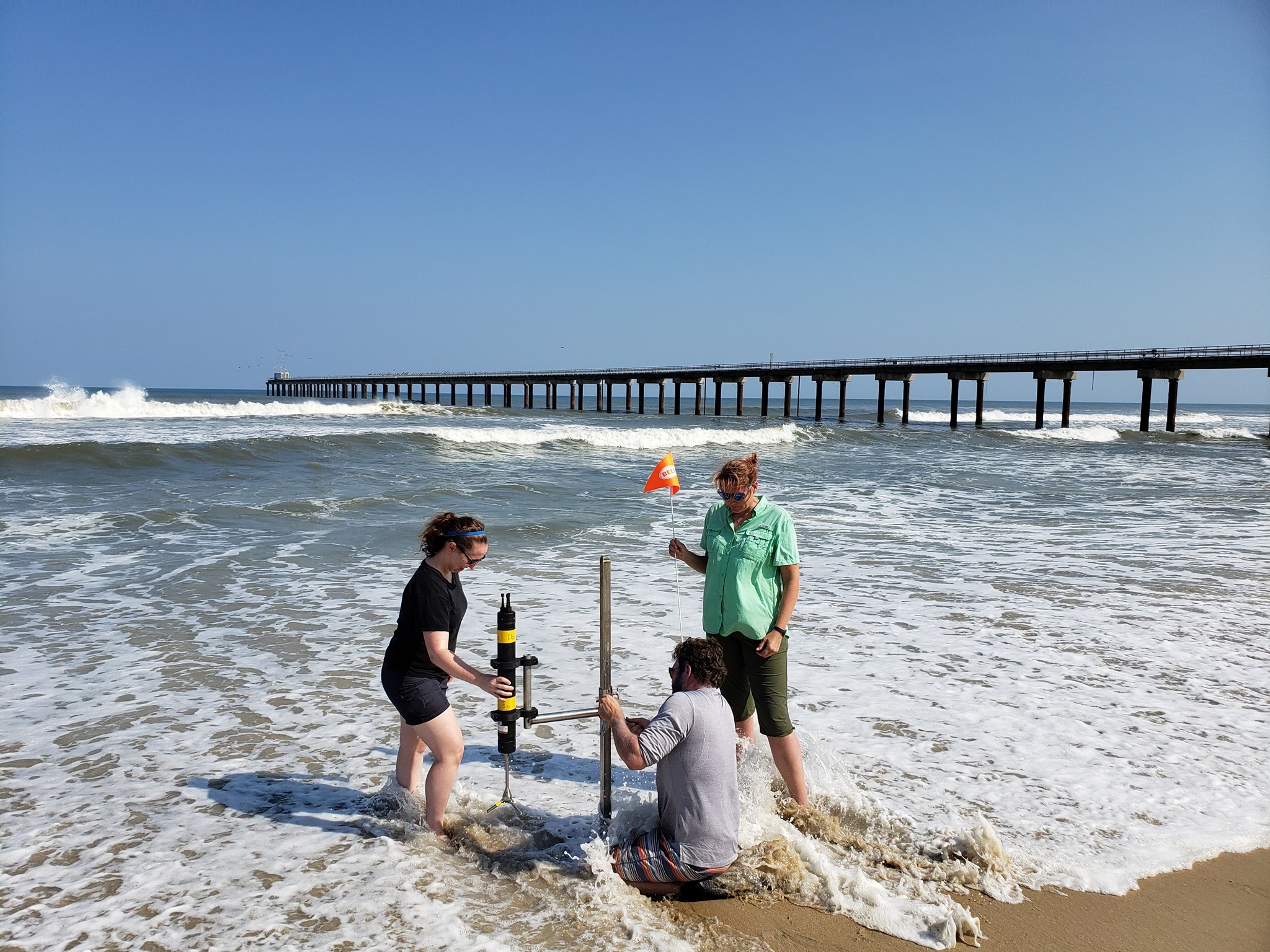
The most complex challenges require multidisciplinary approaches and solutions, utilizing expertise across laboratories to address them. ERDC uses two enterprise approaches to manage and execute major programs: ERDC Research and Development Areas (RDAs) and ERDC Core Competencies. ERDC RDAs are used for enterprise program development and management. ERDC’s Core Competencies are those that Army and DOD recognize as ERDC leadership roles for the department. They are technology enablers not commonly found in the private sector or academia that represent a critical and unique need for the Army and DOD.
ERDC’s Research and Development Areas
Military Engineering: Innovative technologies/capabilities to enable force protection, force projection, maneuver, and maneuver support to enable Multi-Domain Operations.
Civil Works: Innovative and environmentally-sustainable solutions to water resources challenges, navigation, flood and coastal risk reduction, and environmental, hydropower and water supply.
Installations and Operational Environments: Cutting-edge solutions for installations, training ranges and contingency basing environmental sustainability and energy security; understanding the environment, detecting hazards, and mitigating negative impacts on soldiers; and operations in urban landscapes, industrial complexes and subterranean spaces.
Geospatial Research and Engineering: Mapping, geospatial analysis and mission planning technologies to ensure superior situational awareness of the operational environment for the Warfighter, and to enable Mission Command.
Engineered Resilient Systems: Advanced engineering techniques and high-performance computing to develop concepts and tools to significantly amplify design options examined during early stages of the DOD weapons system acquisition process.
ERDC’s Core Competencies
Blast and Weapons Effects on Structures and Geo-Materials: Enables understanding and prediction of weapons effects on surface/underground structures, and shapes solutions that counter and neutralize our adversary’s energetic weapons.
Battlespace Terrain Mapping & Characterization: Focuses on geospatial understanding of the operational environment, development of innovative mapping technologies, data management and analytics, and spatial and temporal applications enabling mission command.
Cold Regions Science and Engineering: Understanding/ managing the challenges of operations in cold regions key to achieving operational capabilities of enhanced mission command, mobility and maneuver, and navigation/flood risk management in Arctic regions and mid- to high-latitudes and high elevations.
Civil and Military Engineering: Technology leadership necessary for force protection, force projection and sustainment, and civil works missions (Navigation, flood and coastal risk management, environmental sustainability, and hydropower and water supply).
Computational Prototyping for Military Platforms: Advanced engineering tools and techniques, and high-performance computing, to amplify/accelerate design operations early in the acquisition process.
Coastal, River and Environmental Engineering: ERDC has a long history of leading the engineering profession in coastal, river and environmental engineering and related sciences. Much of what is known today was developed in ERDC’s 91-year history.
Military Installations and Infrastructure: Enables military construction, installation support and Warfighter operations support overseas and in the battlespace, ensuring facilities, infrastructure and installation services are resilient, ready and efficient.
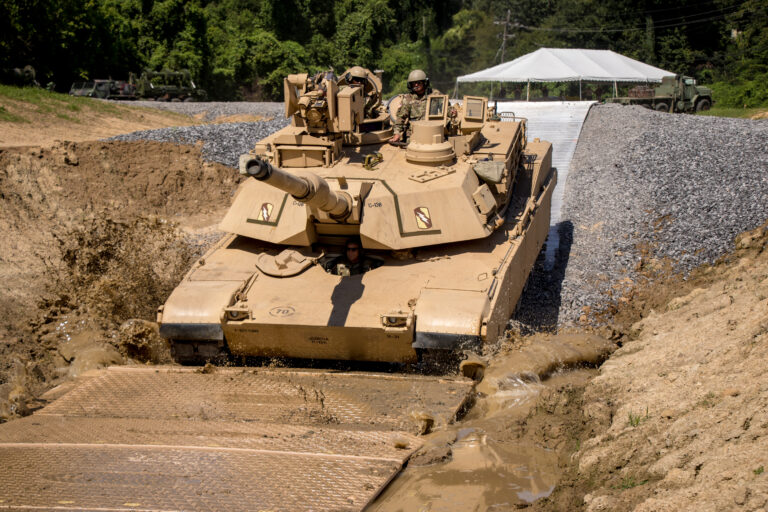

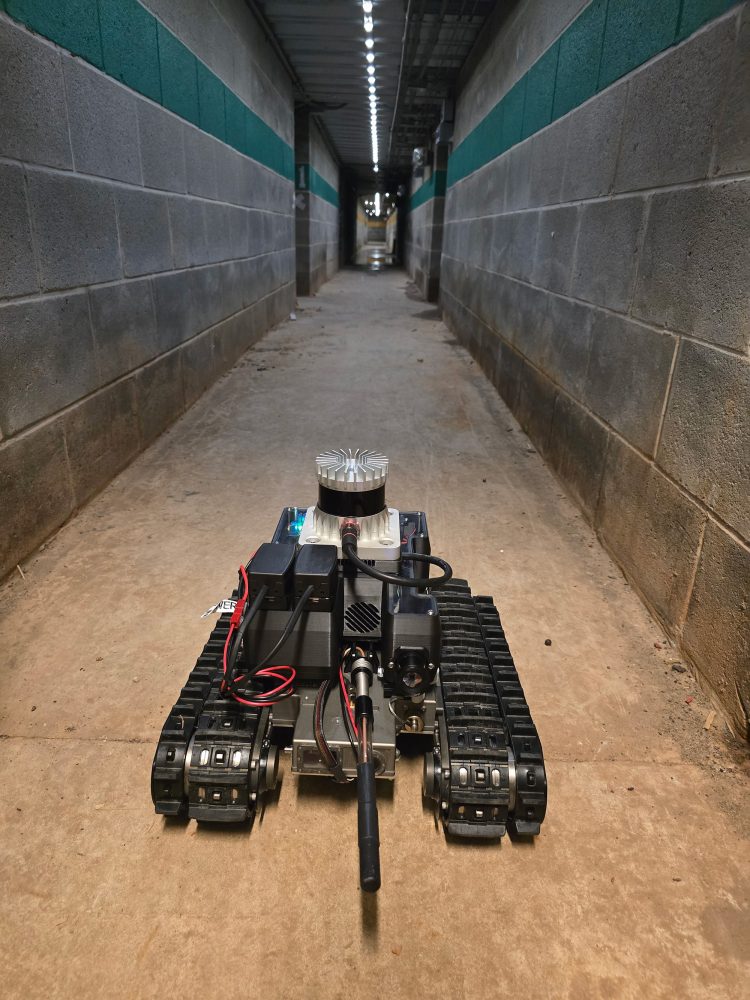
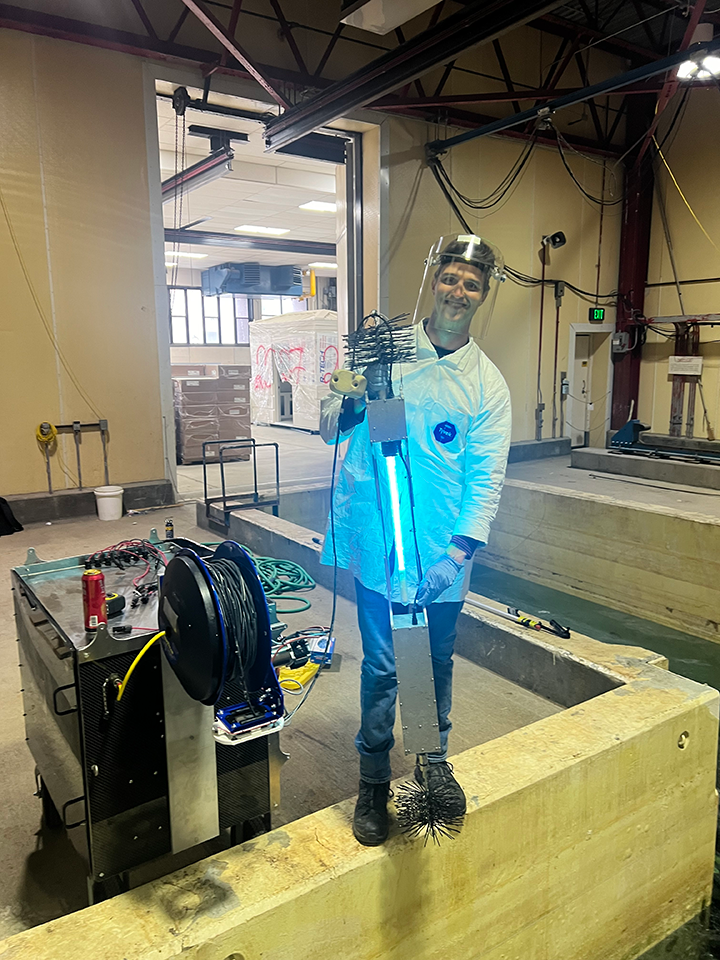
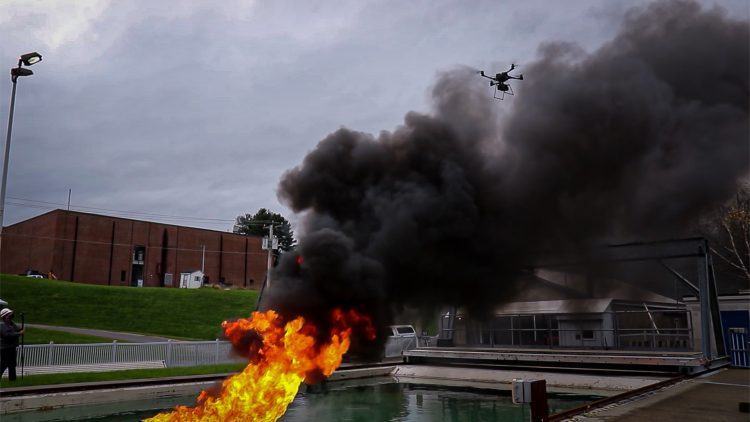
Recent Comments